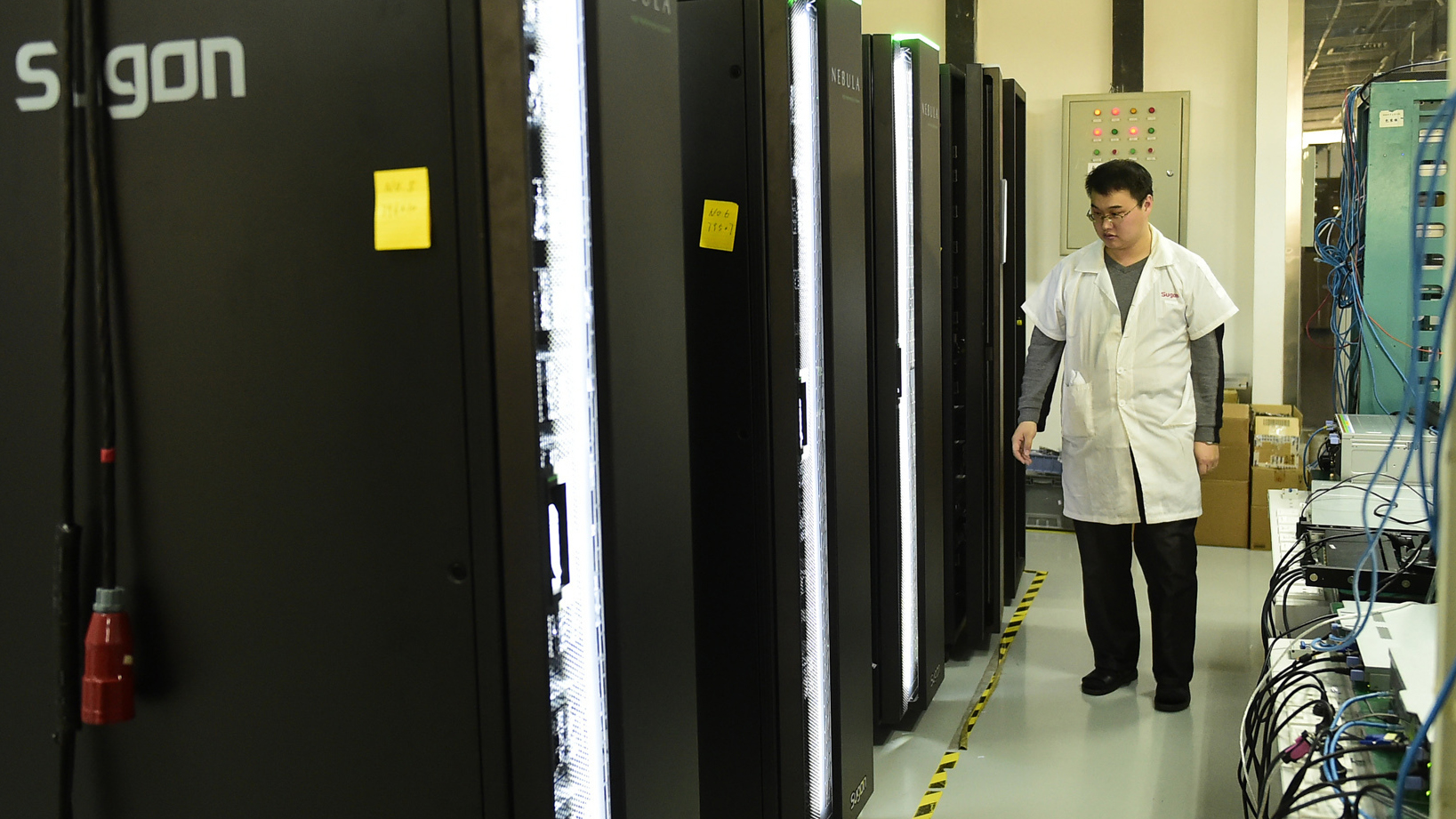Supercomputing has just become the latest front in the US-China trade war

America is limiting big Chinese computing firms’ access to US tech for the super-powerful machines.
The news: According to the Wall Street Journal, the US Department of Commerce has imposed new restrictions on tech exports that will prevent five big Chinese makers of supercomputers from using US components. The restrictions will impact sales to the firms by US chipmakers such as Intel, AMD, and Nvidia.
The targets: The companies affected include Sugon of Beijing and three of its affiliates, as well as the Wuxi Jiangnan Institute of Computing Technology. The Commerce Department says Sugon has acknowledged that the Chinese military is among its customers. Wuxi Jiangnan is owned by the Chinese People’s Liberation Army.
Why hit supercomputers? Because the gargantuan machines aren’t just used for things like climate modeling and materials research. They also help develop nuclear weapons and other military gear, and they are increasingly powering leading-edge AI research, too.
Exascale rivalry: America still boasts the most powerful supercomputer in the world, called Summit, but both it and China are racing to develop the first "exascale" machine that will be five times faster. Every person on Earth would have to do a calculation every second of every day for just over four years to do what an exascale computer will do in the blink of an eye. The US’s move to restrict hardware exports could give it an edge in this contest, but it’s also likely to accelerate China’s efforts to develop homegrown chip suppliers.
Deep Dive
Computing
How ASML took over the chipmaking chessboard
MIT Technology Review sat down with outgoing CTO Martin van den Brink to talk about the company’s rise to dominance and the life and death of Moore’s Law.
How Wi-Fi sensing became usable tech
After a decade of obscurity, the technology is being used to track people’s movements.
Algorithms are everywhere
Three new books warn against turning into the person the algorithm thinks you are.
Stay connected
Get the latest updates from
MIT Technology Review
Discover special offers, top stories, upcoming events, and more.